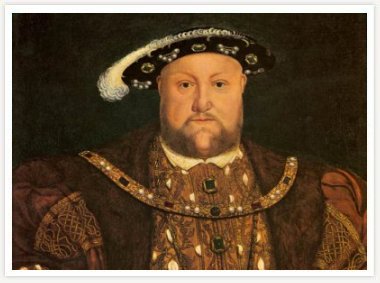Lectures
5th December 2012: Funerals of Tudors and Stuarts

Dr Reuther began his fascinating talk with a reference to the recent likely discovery of the body of Richard III; an arrow in his ribcage and his head cleft in two as would fit accounts of his death. It may have been a small comfort in Tudor and Stuart times to know that your monarch was at least as likely as you to suffer a lingering illness or die a grisly death. Dr Reuther's superbly Horrible History account of the period made this fact clear and with no detail spared. Execution could deal another blow to a poor monarch, and often not well aimed. The wretched Duke of Monmouth, bastard son of Charles II, defeated against James II at Sedgemoor, was captured and beheaded. To be exact, said Dr Reuther, the executioner finished the job with a penknife after 17 failed attempts with the axe to remove his head. The executioner's first blow to the neck of Mary Queen of Scots hit the knot in her blindfold and took a lump out of the back of her neck. Even the third blow only went half way through, although happily she was dead by then.
Mary's cousin Elizabeth I died in her bed, but took much persuading to take to it, refusing food and remaining standing until she fell. The poisonous mix of arsenic and antimony applied to her face after she caught smallpox in early middle age accounts for its whitened appearance. Elizabeth was buried with Mary I at Westminster Abbey, united in death with the sister who ruled before her and whose lifetime ill health was cruelly tragic for a woman who longed to have children. Most likely she suffered from prolactinoma, a disease of the pituitary gland that would account for the false pregnancies in which she stopped menstruating, swelled, and lactated.
The father of Elizabeth and Mary, Henry VIII, was a notorious medical case. Leaving aside possible syphilis, and the then endemic malaria he had all his life, his ulcerated legs stank unbearably, and at the end he probably died of the toxic shock when they burst.
Henry was buried in St Georges Chapel Windsor alongside his beloved Jayne Seymour. A mystery was solved when in 1820 a wall was accidentally (or not) breached and in the vault were not two coffins but three. It was the last resting place of Charles I, whose head had been sown back on after his execution and who had been quickly and quietly buried at Windsor. He was at least later reburied with dignity. Oliver Cromwell had not been so lucky - dug up, and his body hung, drawn and quartered. Also disturbed from his final resting place was James II, who died an exile in France but whose body was exhumed during the Revolution and burnt. William of Orange who deposed him, famously died of complications after his horse stumbled on a molehill and threw him, fracturing his collarbone. Queen Anne who succeeded William had 17 - real - pregnancies with not a single survivor into adulthood, and with her death the Tudor and Stuart era was at an end.
Paul Cobb

